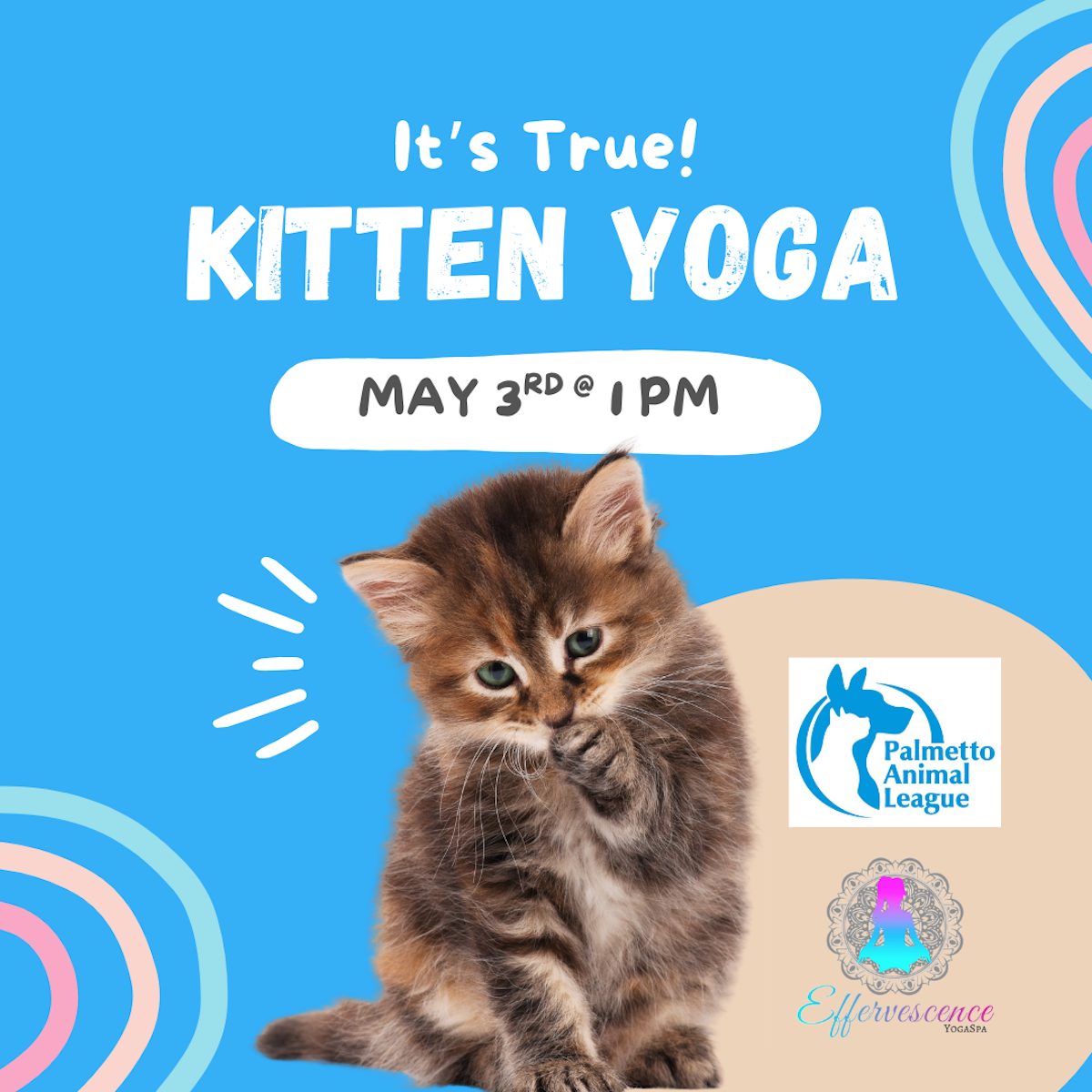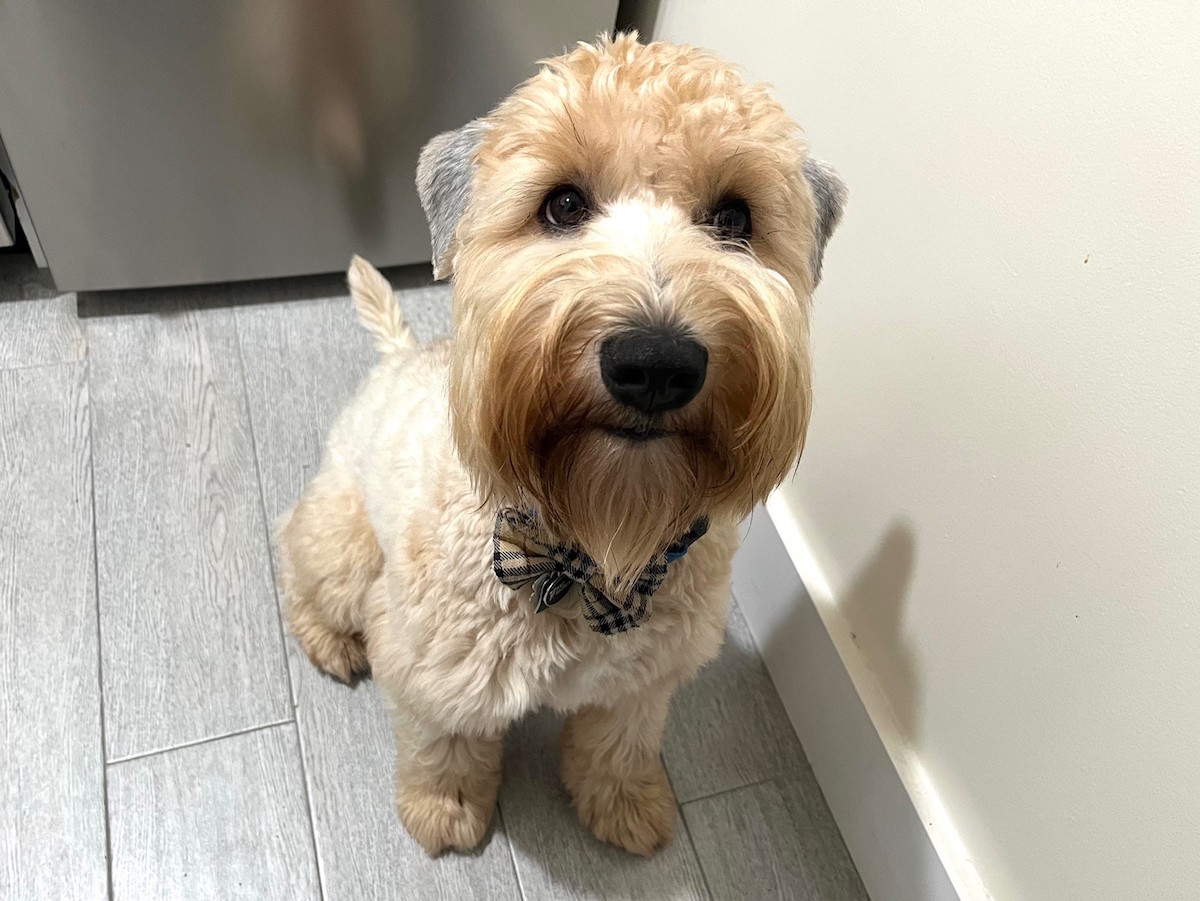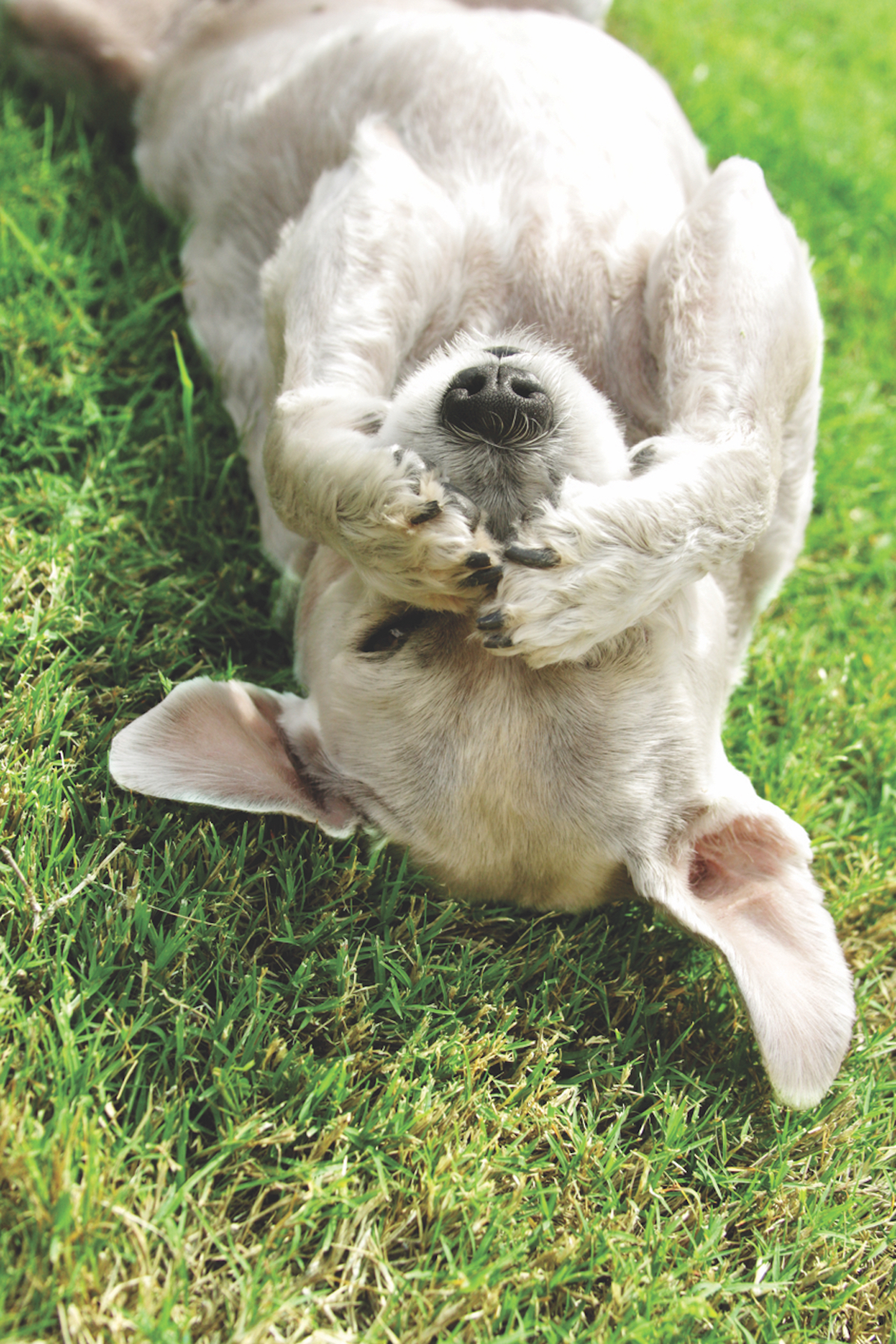By Tracie Korol
Into the vats of mystery meat meal, rendered bits of what’s left over and grain fillers, dog food manufacturers also stir in additives and chemicals to improve taste, stability and appearance. Additives include emulsifiers to prevent water and fat from separating, antioxidants to prevent the fat from becoming rancid and artificial colors to make the chow more visually appealing to humans and, hopefully, more palatable to their dogs.
A wide variety of additives are permitted in pet food, not counting vitamins and minerals. Additives can be specifically approved, or they can fall into the category of “Generally Recognized as Safe” (GRAS). These additives can include anti-caking agents, coloring dyes, antimicrobial agents, curing and drying agents, petroleum derivatives, preservatives, texturizers and thickeners, to list just a few.
Dogs generally will not eat tainted food unless starving. Consequently, all pet foods must be preserved so it stays fresh and appealing. Some preservatives are added to ingredients or raw materials by the suppliers, and others by the manufacturers. Key among the preservatives added by manufacturers specifically to ensure that dry foods have a 12-month shelf life, are synthetic preservatives such as butylated hydroxyanisole (BHA) and butylated hydroxytoluene (BHT), propyl gallate, propylene glycol (also used as a less-toxic version of automotive antifreeze), and ethoxyquin. Read the ingredient list on the back of your dog food bag, these are usually listed near the bottom.
For these antioxidants, there is little information documenting their toxicity, safety, interactions or chronic use in pet foods that may be eaten every day for the life of the animal. Propylene glycol was banned in cat food because it causes anemia, but it is still allowed in dog food. Potentially cancer-causing agents such as BHA, BHT, and ethoxyquin are permitted at relatively low levels.
Years ago, I was told by an animal nutritionist that BHA and BHT are also used to preserve carpet. I began reading ingredient labels religiously after that nugget of information.
Some manufacturers have responded to consumer concern, and are now using “natural” preservatives such as Vitamin C (ascorbate), Vitamin E (mixed tocopherols), and oils of rosemary, clove, or other spices to preserve fats in their products. The shelf life on these products is shorter, only about six months. Again, read the label to check the foods’ viability, especially if you’re using a better brand of kibble.
Unfortunately, even with all these products added to prevent this and that, there still remain a slew of potential dangers. We humans are now routinely exposed to the threat of E. coli bacteria on our factory-farmed produce. This bacterium also lurks in more than 50% of meat meals used in dog foods.
One of my personal concerns now living in a more humid climate is the growth of mycotoxins (toxins from mold or fungi) on dry dog foods. Modern farming practices, adverse weather conditions, and improper drying and storage of crops can contribute to mold growth on an industrial level. At home, these toxins can form in our kibble containers if we do not close the lids tightly. Pet food ingredients that are most likely to be contaminated with mycotoxins are grains — wheat and corn, and fish meal. While it is more cost effective to buy the big bag of chow, I advocate for smaller bags simply because anything can grow a layer of green fuzz here in the summer months. Always check the last third of the chow in the bin. If it smells at all funny or your dog balks at eating it, it has probably gone furry. Dump it and scrub out your container with bleach.
Yet to come: recalls, nutrition-related diseases and the secrets of the pet food industry, as if the truth wasn’t scary enough.






